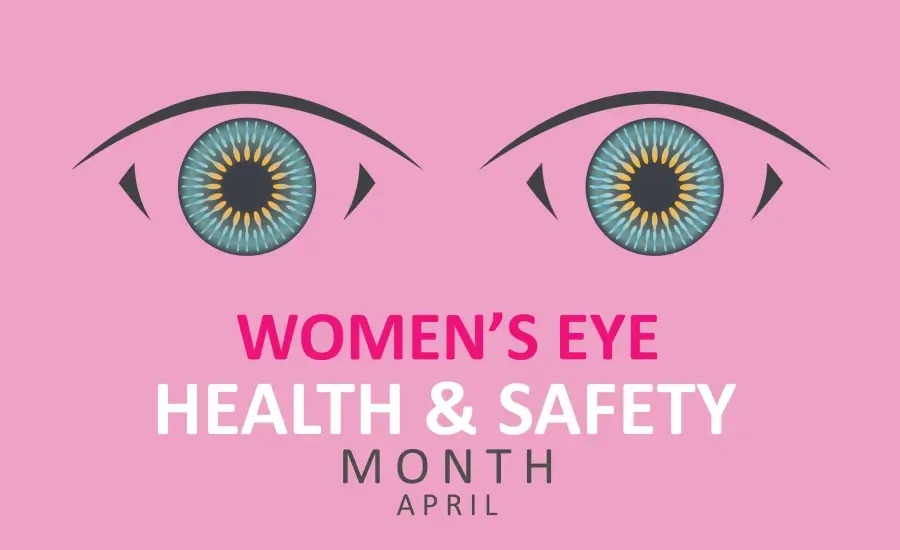Men and women differ from one another in almost every aspect of life, not just in biology.
This is particularly true about eye health. Due to a variety of factors, including two significant life periods that are exclusive to women, women typically have higher rates of certain eye disorders than men.
Women are more susceptible to certain eye diseases due to their longer life expectancy, as many eye conditions develop with age,” says Dr. Himali Patel, a therapeutic certified optometrist with Hattiesburg Eye Clinic. “Hormonal fluctuations during pregnancy and menopause can also have an impact on vision, though eyesight changes occurring during pregnancy usually resolve postpartum”
Patel said common eye conditions women face can range from minor irritations to serious diseases that could cause significant vision loss.
“Women are especially susceptible to eye conditions such as dry eye syndrome, which affects premenopausal women at twice the rate of men,” Patel said. “But women are also at high risk for age-related macular degeneration and autoimmune diseases like thyroid eye disease and lupus, which can cause inflammation, blurry vision, and dryness. And they face a higher risk of developing cataracts and glaucoma.”
Patel and her colleagues are bringing attention to these and other eye problems that directly affect women during Women’s Eye Health and Safety Month in April. Additionally, they are providing advice on how women can lessen the effects of these illnesses, both now and in the future.
Here are the three main suggestions Dr. Patel makes for women to safeguard their vision, both now and in the future.
- Undergo regular eye exams. Early detection often factors significantly into how effective treatment and management will be for many serious eye conditions. A regular, routine eye exam is often the best way to uncover conditions in their beginning stages. “Women have a much better chance of protecting their eyesight if they schedule routine eye exams annually, especially after age 40,” Patel said.
- Maintain a healthy lifestyle. Vision health is closely linked to a person’s overall health. Metabolic conditions like diabetes can cause serious eye and vision damage. Dr. Patel advises minimizing the risk of these kinds of diseases by adopting good lifestyle practices. “To reduce the risk of conditions like diabetic retinopathy, women should maintain a healthy diet, get plenty of exercise and avoid smoking.”
Protect your eyes from injury. Life has its hazards, especially if you’re physically active. It’s prudent, then, to guard your eyes with protective eyewear that fits the occasion. “It’s important to wear UV-protective sunglasses during extended time outdoors or while driving,” Patel said. “Likewise, you should also wear safety glasses while playing certain sports or working in potentially hazardous conditions. Protection is essential to long-term eye health.”
Although the risks women face for potential vision problems shouldn’t be taken lightly, a future burdened with impaired eyesight isn’t inevitable. Following these guidelines can certainly help tip the odds in your favor for a lifetime of good vision.
A seasoned Health and Safety Consultant with over a decade of hands-on experience in Occupational Health and Safety, UBONG EDET brings unmatched expertise in health and safety management, hazard prevention, emergency response planning, and workplace risk control. With a strong passion for training and coaching, he has empowered professionals and organizations to build safer, more compliant work environments.
Certified in globally recognized programs including NEBOSH, ISO standards, and OSHA regulations, he combines technical know-how with practical strategies to drive health and safety excellence across industries. designing comprehensive HSE management systems or delivering impactful safety training, whether he] is committed to promoting a culture of safety and continuous improvement.
